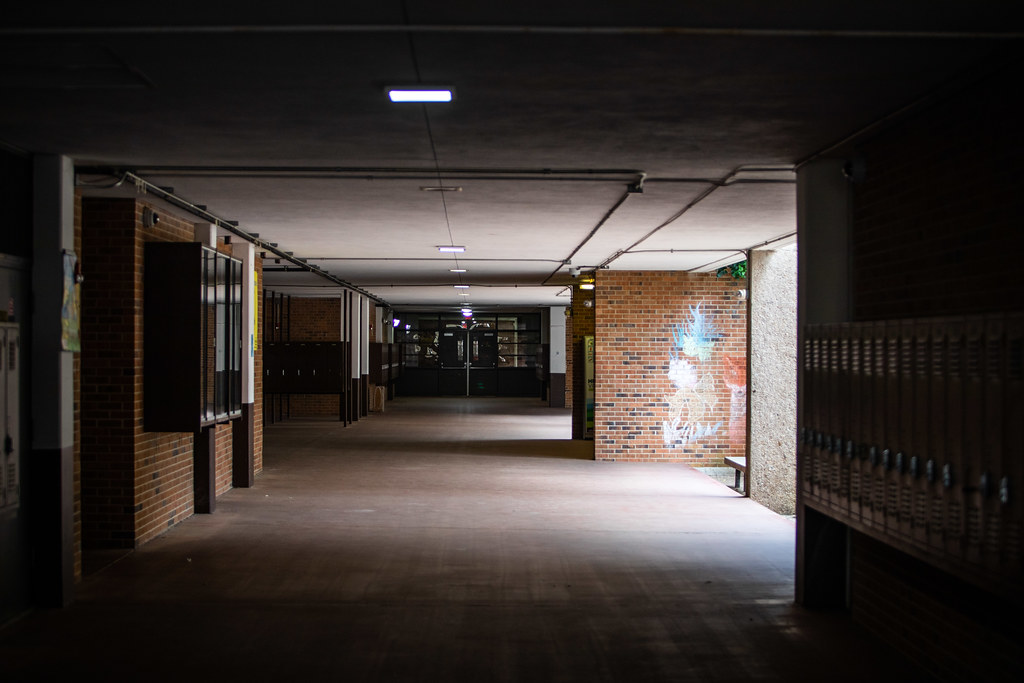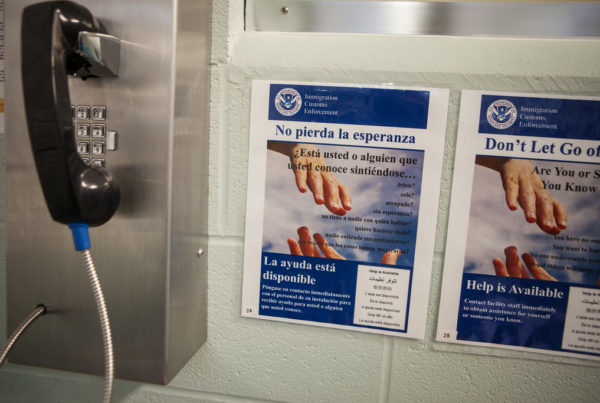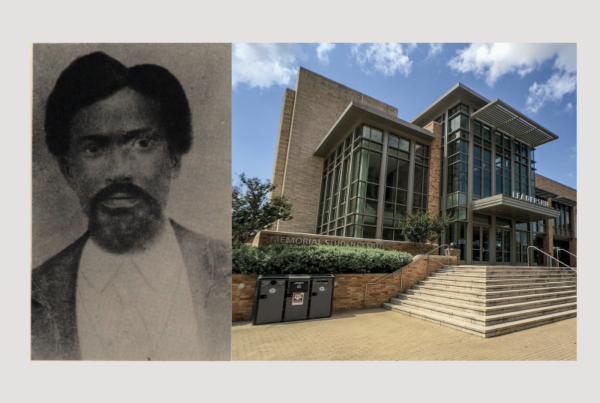Texas is one of a handful of states that still bases its public school funding formula on student attendance. But after a school year when attendance was greatly affected, and fluid due to the COVID-19 pandemic, some lawmakers say the best time to change that formula is now.
Gina Hinojosa is a Democratic state representative from Austin. She is proposing the state base its school funding formula on student enrollment, not attendance. Hinojosa told Texas Standard that the change she proposes would base funding on the number of students a school district is required to serve.
“School districts and schools budget for the year based on their enrollment,” Hinojosa said. “Because whether or not those students show up each day, those schools are responsible for educating those students.”
Today I filed HB 1246 to fund our schools based on enrollment & not attendance.
Texas is one of just a handful of states to fund schools based on attendance & not enrollment. We have seen during this pandemic that our funding model short changes our kids.#txlege
— Gina Hinojosa (@GinaForAustin) January 21, 2021
While attendance-based funding likely began as a means of holding school districts accountable for educating students on their rolls, Hinojosa says that the state’s current accountability system, which grades schools based on student performance and incentivizes schools to encourage attendance, is no longer needed.
“If we are already holding our schools to certain outputs, why are we trying to control the inputs of attendance when, regardless, schools need to make sure that students are in school?” she said.
The consequences of the attendance-based funding formula were magnified by the pandemic, Hinojosa says. In Austin, when public health authorities advised the school district to move to remote learning, the state of Texas provided funds for half-day learning, “despite the fact that our kids and our teachers were doing a full day of learning,” she said.
An enrollment-based funding system has the potential to be more equitable. That’s because Hinojosa says students in economically disadvantaged communities tend to have more attendance problems.
“Those schools need more resources,” Hinojosa said. “They don’t need to be penalized, essentially, for serving more students in poverty.”















